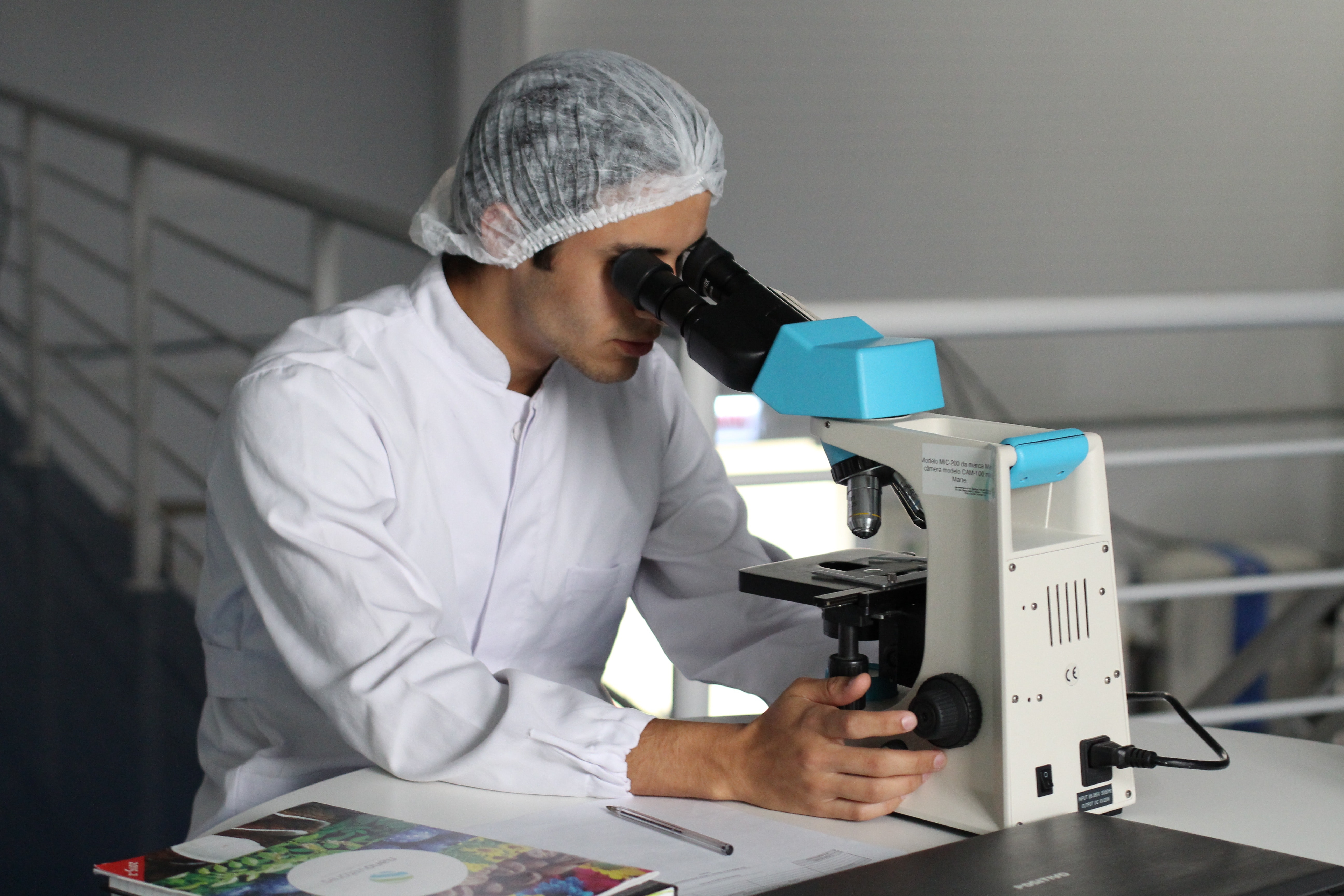Cambridge Healthtech Institute recently spoke with Dr. Paul Barone of Massachusetts Institute of Technology about Viral Safety and where the field and industry is headed in coming years. Dr. Barone is a speaker at the 3rd Annual Virus and Pathogen Clearance and Safety in Biologics which is taking place from August 24-25, 2017 in Boston, MA where he will be delivering his talk on “Industry Approaches to Facility Segregation for Viral Safety”. This conference is being organized as part of The Bioprocessing Summit which runs from August 21-25.
What is the mission of CAACB and can you share about your role?
The mission of the CAACB is to pool biopharmaceutical manufacturing expertise in the area of adventitious agent contamination to better enable the safe and reliable delivery of life saving biologics. The CAACB offers our members an opportunity to learn first-hand how others are mitigating the risks of adventitious agent contaminations, benchmark their own activities, network with those in the CAACB community, and participate in collaborative projects that develop new knowledge, tools or industry consensus. The CAACB is very much focused on collectively addressing this issue as we feel that the largest impact will be made together rather than individually.
What are some of the critical considerations for ensuring safety of biologics?
Consensus on how to ensure viral safety is captured quite well in ICH Q5A and relies on appropriate selection of raw materials to ensure they are free of potential contaminants, testing of appropriate materials throughout the process to assure they are free of adventitious contaminants, and then implementing viral clearance to remove or inactivate any endogenous or adventitious viruses that may be present. This approach has worked incredibly well over the years as, to our knowledge, there has not been a reported case of a virus transmitted to a patient from a recombinantly produced therapeutic protein. I would note that there have been cases where a raw material that tested negative for virus was later identified as the source of a viral contaminant and additionally there have been cases where the gold standard cell based assays gave false negatives. This just serves to highlight that a single approach is not sufficient and that a multi-pronged approach that leverages orthogonal techniques is vital to any overarching viral safety strategy.
Why is understanding of viral safety important and where is the field heading in next 5 years?
Virus contaminations of cell culture manufacturing are very impactful events. These events have the potential to impact patients, will likely shut down a manufacturing plant and require a lengthy investigation, will expose the company to regulatory scrutiny, and has a significant business impact. This really motivates learning as much as you can about this issue to ensure that your organization has a good understanding of the virus contamination risks, approaches to mitigate those risks and is prepared should a contamination happen. In the next 5 years, thinking about viral safety in the context of emerging products, such as cell and gene therapies, will be more and more important. Recombinant protein therapeutics have well established approaches for viral safety. Yet some of the approaches that have worked so well for proteins may not be suitable for these new and emerging products. These products may require new technologies and approaches to mitigating these risks.
How are industry-academia collaborations shaping the future of pathogen safety?
Contamination of cell culture manufacturing operations is often a sensitive topic and industry-academic collaborations have a strong role to play in enhancing broad industry learning. MIT, as an academic institution with a strong scientific reputation, serves as a neutral third party and can collect industry wide data that companies may not be willing to share otherwise. This provides an opportunity for collective learning that otherwise wouldn’t be available. This is a valuable service for the industry as well as to patients that rely on these medicines.
Why have you chosen to speak at the 3rd Annual Virus and Pathogen Clearance and Safety in Biologics conference?
The CAACB recently started a project on Facility Segregation for Viral Safety. This was motivated by the fact that while regulatory authorities expect segregation to ensure the viral safety of the final product, it may not always be clear how that segregation should be done. There has also been a strong push by the industry to transition to novel manufacturing technologies that leverage open, ballroom facilities and rely on the use of “functionally closed” systems for segregation. But there is not yet consensus amongst industry and regulators on how a “functionally closed” manufacturing system is defined and what the advantages and risks of such an approach may be. Because of these issues, we started a project to try and reach a consensus definition of these common terms and identify facility segregation approaches that are adequate and appropriate for the manufacture of safe and effective therapeutics. We now want to present the results of that work and get feedback from others so that the results of this project can have the broadest industry impact.
What are you looking forward to at this conference?
It is always good to see the current work that is being done in the space of viral safety and the 3rd Annual Virus and Pathogen Clearance and Safety in Biologics conference should be no exception.


